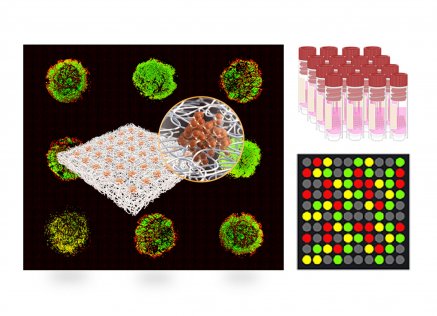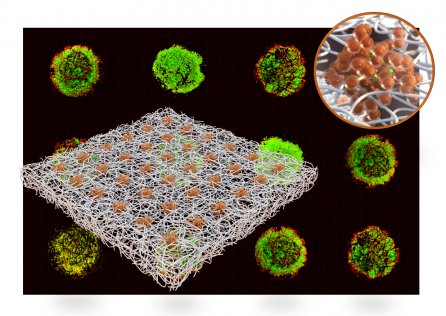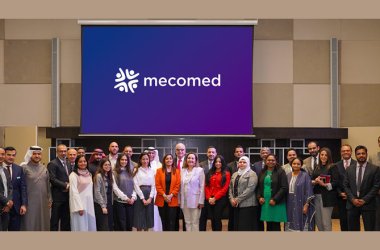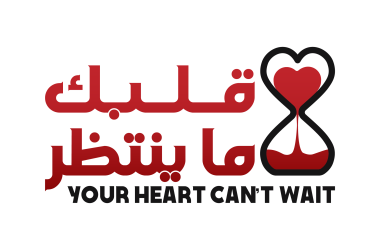Abu Dhabi, UAE, 22 February 2021: By engineering common filter papers, similar to coffee filters, a team of NYU Abu Dhabi researchers have created high throughput arrays of miniaturized 3D tumour models to replicate key aspects of tumour physiology, which are absent in traditional drug testing platforms. With the new paper-based technology, the formed tumour models can be safely cryopreserved and stored for prolonged periods for on-demand drug testing use. These cryopreservable tumour models could provide the pharmaceutical industry with an easy and low-cost method for investigating the outcomes of drug efficacy, potentially bolstering personalised medicine. The developed technology can be transferred to other trending therapeutic applications such as measuring tumour response to drug concentration gradients, studying cancer cell signalling pathways, and investigations of invasive tumours.

The findings were published this month in the paper Cryopreservable Arrays of Paper-Based 3D Tumour Models for High Throughput Drug Screening, in the flagship journal, Lab on a Chip. The findings build on the team’s earlier research engineering the paper platforms.
Led by Assistant Professor of Mechanical and Biomedical Engineering at NYUAD Mohammad A. Qasaimeh, the researchers sought to develop 3D tumour models because they offer great potential for understanding the fundamental mechanisms governing tumour responses to drug treatments and provide opportunities to develop a number of emerging therapeutic applications. Currently, most preclinical drug screening is conducted on simplified two-dimensional (2D) monolayers of cell culture which do not fully represent the complexity of human tissues and organs.

Existing methods for developing 3D cell cultures and tumour models are laborious, technically challenging, time consuming, and do not allow cryopreservation for future use. This contributes to high attrition rates in the drug development process and can cause significant delays to market and major financial losses to companies.
“Our work presents a paper patterning method for high throughput cell culture, cryopreservation, and drug testing of 3D tumour models. This technology is very promising to provide unparalleled advantages to the fields of drug discovery, tissue engineering, and personalised medicine”, said Qasaimeh, the Principal Investigator of the Laboratory and the study leader.
By testing cisplatin (a typical chemotherapeutic drug) on breast cancer 3D models generated within the developed platform, they were able to prove that their technology is capable of predicting the outcomes of drug efficacy.
“Our reliable, easy-to-prepare, and inexpensive method is for creating high throughput paper-based arrays of 3D tumour models that will bring us one step closer to biomimetic drug screening in the preclinical stages”, said Bisan Samara, the first author and a former research assistant in Qasaimeh’s lab.
This research is an advancement of the team’s earlier work, Paper-based Cell Cryopreservation, published last year in the journal Advanced Biosystems, in which they established their new technique utilising filter paper to cryopreserve human cells, offering scientists an efficient alternative to conventional, long-term cryopreservation methods.





